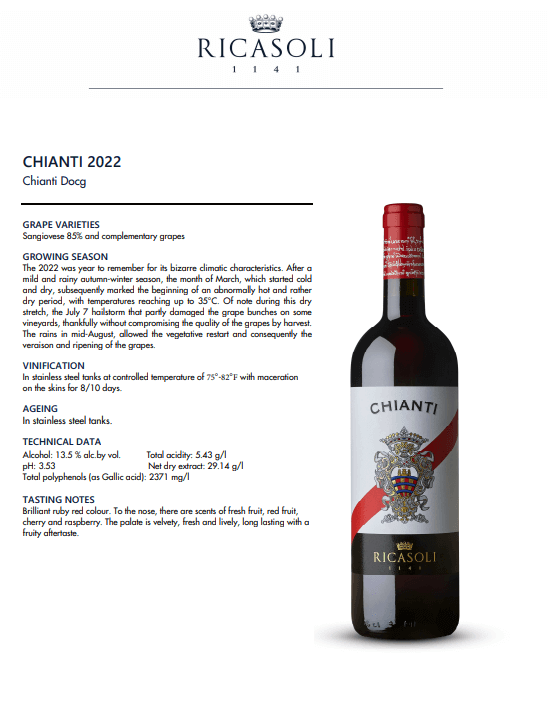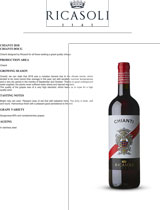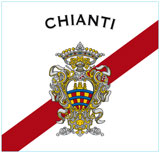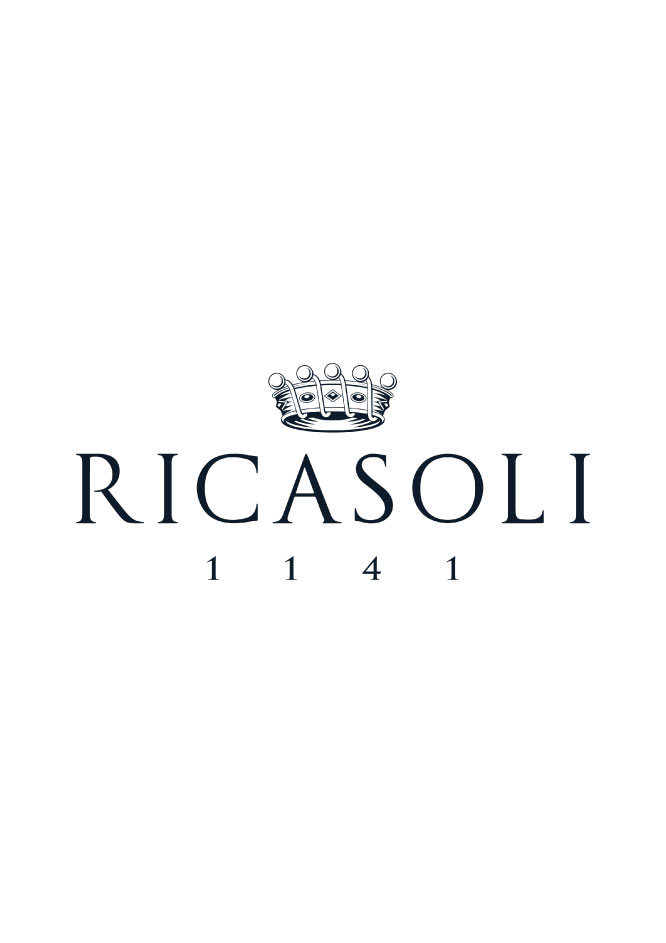




Ricasoli Chianti DOCG
Chianti DOCG, Tuscany, Italy
Tasting Notes
Brilliant ruby red colour. To the nose, there are scents of fresh fruit, red fruit, cherry and raspberry. The palate is velvety, fresh and lively, long lasting with a fruity aftertaste.
Vintage Notes
The 2022 was year to remember for its bizarre climatic characteristics. After a mild and rainy autumn-winter season, the month of March, which started cold and dry, subsequently marked the beginning of an abnormally hot and rather dry period, with temperatures reaching up to 35°C. Of note during this dry stretch, the July 7 hailstorm that partly damaged the grape bunches on some vineyards, thankfully without compromising the quality of the grapes by harvest. The rains in mid-August, allowed the vegetative restart and consequently the veraison and ripening of the grapes.
Winemaking Notes
In stainless steel tanks at controlled temperature of 75°-82°F with maceration on the skins for 8/10 days.
Aged in stainless steel tanks.
Technical Info
Varietals: 85% Sangiovese and complementary grapes
Alcohol: 13.5 %
Total acidity: 5.43 g/l
pH: 3.53
Tasting Notes
Brilliant ruby red color. On the nose, there are scents of fresh fruit, red fruit, cherry and raspberry. The palate is velvety, fresh, and lively, long lasting with a fruity aftertaste.
Vintage Notes
The weather conditions in 2021 were quite unusual. An April frost was followed by drought in the summer months yielding early ripening. Despite the turbulent growing season, the vines yielded healthy grapes leading to excellent quality wine.
Winemaking Notes
In stainless steel tanks at controlled temperature of 75°-82°F with maceration on the skins for 8/10 days.
Technical Info
85% Sangiovese and complementary grapes.
Tasting Notes
Brilliant ruby red colour. To the nose, there are scents of cherry and raspberry. The palate is pleasant, fresh and elegant, long lasting.
Vintage Notes
Autumn was very rainy and quite cold. Winter was mild and not particularly rainy. Spring, therefore, continued with average temperatures and scarce rainfall. Summer arrived on time with the solstice starting, as early as June 20th, to record maximum temperatures above 86°F. Finally, the month of October displayed all its typical characteristics: lower temperatures during the night, an alternation of rainy and sunny days, which however have allowed an end of excellent grape quality.
Winemaking Notes
In stainless steel tanks at controlled temperature of 75°-46°F with maceration on the skins for 8/10 days.a
Technical Info
85% Sangiovese and complementary grapes.
 Back To Menu
Back To Menu





